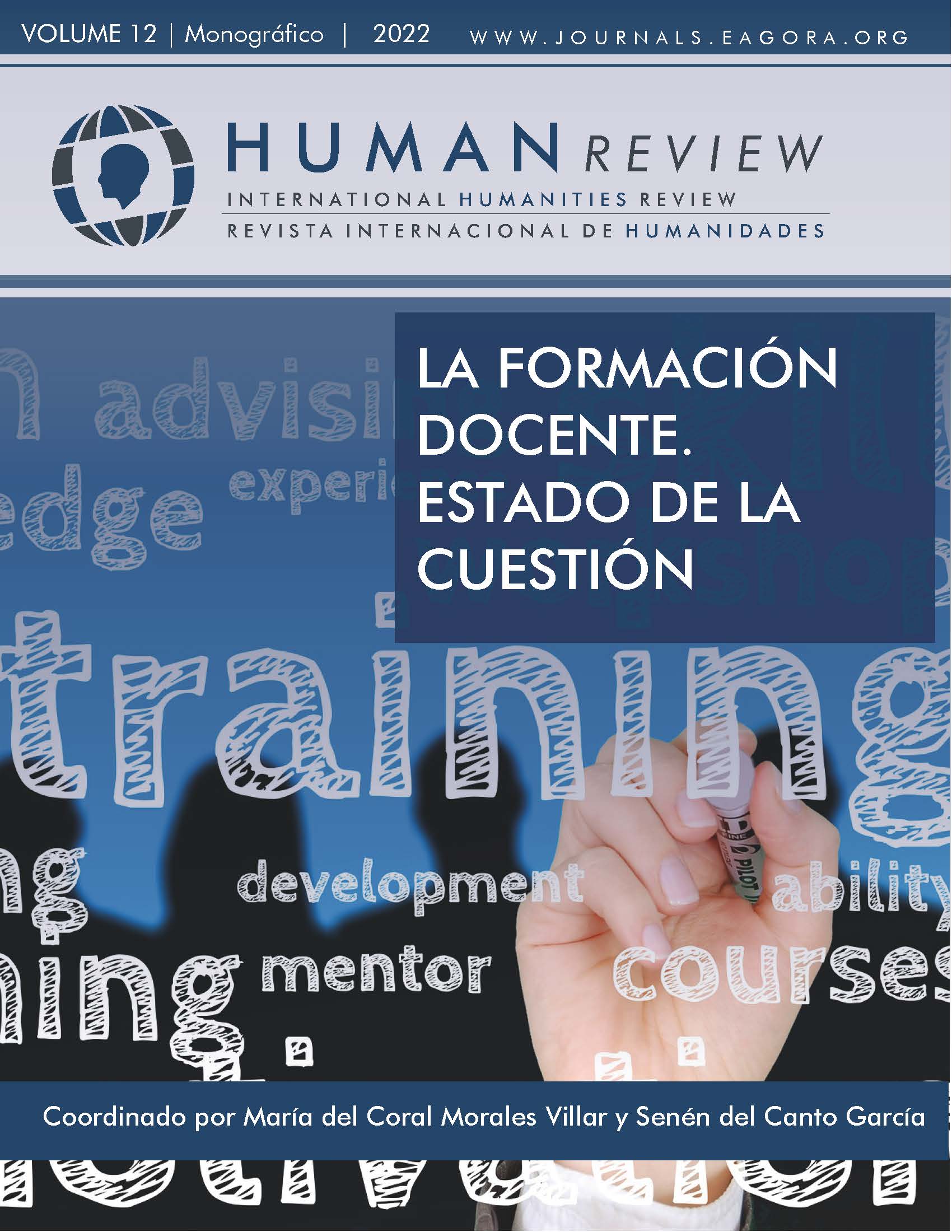Natural versus artificial anatomy in science education
Visual supports and technological innovations
Keywords:
Artefact, Artificial anatomy, Educational tool, Educational contexts, Material culture, University heritage, Scientific heritageAbstract
In this paper, we carry out a historiographical review of the manufacture of artificial anatomies that were widely demanded as didactic tools in the teaching of nature, between the late eighteenth and early twentieth centuries. We analyse the educational and social contexts that favoured the wide diffusion of this type of artefacts in the trade of scientific culture and describe the manufacturing techniques. The conclusion is that these artefacts, the fruit of human ingenuity, are material sources of extraordinary value for understanding the construction and evolution of science, advances in pedagogical resources and technological innovations.
References
Ameline, J.F. (1820). Mémoire sur l’utilité des pièces d’anatomie artificielle chirurgicale. A. Leroy. Imprimeur du Roi.
Anderson, R. (2004). The Idea of the Secondary School in Nineteenth-century Europe. Paedagogica Historica: International Journal of History of Education, 40(1/2), 93-106. https://doi.org/10.1080/00309230310001649207
Auzoux, L. (1825). Notice sur les préparations artificielles de M. Auzoux. L’auteur. Rue du Paon.
Auzoux, L. (1858). Leçons élèmentaires d’anatomie et de physiologie humaine et comparée. Labé.
Bertomeu-Sánchez, J.R., Cuenca Lorente, M., García Berlmar, A., y Simón-Castel, J. (2011). Las colecciones de instrumentos científicos de los institutos de enseñanza secundaria del siglo XIX en España. Historia de la educación, 30, 167-193.
Bertomeu-Sánchez, J.R., y Simon-Castell, J. (2012). Viejos objetos y nuevas perspectivas historiográficas. La cultura material de la ciencia en las aulas del siglo XIX. En L. López-Ocón Cabrera, S. Aragón y M. Pedrazuela Fuentes (Eds.). Aulas con memoria. Ciencia, educación y patrimonio en los institutos históricos de Madrid (1837-1936) (pp. 49-72). Doce Calles.
Brendel, R. (1885). Erläuterungen zu den Botanischen Modellen von Robert Brendel in Berlin. Verfast von Dr. A. Tschirch. Unger.
Brendel, R. (1890). Verlagsanstalt für Lehrmittel: Verzeichnis von plastischen Lehrmitteln für den Unterricht in der Antrhopologie, Zoologie, Mineralogie und Mikroskopie. Unger.
Brendel, R. (1900). Preisliste über Botanische Modelle gefertigt und heransgegeben. Golden Medaille.
Chanal, N.P.J. (2014). L’anatomie clastique de Louis Auzoux, une entreprise aux XIXème siècle. [Tesis Doctoral]. École Nationale Véterinaire d’Alfort. https://theses.vet-alfort.fr/telecharger.php?id=1742
Cocks. M. M. (2013). Dr Louis Auzoux and his collection of papier-mâché flowers, fruits and sedes. Journal of the History of Collections, 26(2), 229–248. https://doi.org/10.1093/jhc/fht036
Cornwal, J., & Smith, c. (2014). Anatomical models by F.J. Steger (1845-1938): the University of Otago Collection. Eur. J. Anat. 18(3), 209-211.
Dacome, L. (2017). Malleable Anatomies. Models, Makers and Material Culture in Eighteenth-Century Italy. Oxford University Press.
Degueurce, Ch., & Add, P. (2015). The Mannequins of Dr. Auzoux, An Industrial Success In the Service of Veterinary Medicine. Journal of Plastination, 27(1), 18-28.
Degueurce, C. (2012). Corps de papier: l’anatomie en papier mâché du Docteur Auzoux. La Martinière.
De Chadarevian, S., & Hopwood, N. (Eds.) (2004). Models: The Third Dimension of Science. Stanford Univesity Press. Stanford.
Grob, B. J. W. (2000). The world of Auzoux. Models of man and beast in papier-maché. Leiden Museum Boerhaave.
Hurtado de Mendoza, M. (1830). Tratado elemental completo de anatomía general ó quirúgica, de anatomía patológica ó médica, con arreglo al estado actual de esta ciencia y progresos que ha hecho en estos ultimos años. Imprenta Garcia.
Kemp, M., & Wallace, M. (2000). Spectacular bodies: The art science on the human body from Leonardo to now. Hayward Gallery.
Le Minor, J.M., & Puygrenier, J. (1989). La collection de cires anatomiques de l’École du Service de Santé des Armées de Lyon. Hist Sci Med, 23(2), 131-138.
Marković, D., & Marković Živković, B. (2010). Development of anatomical models-chronology. Acta Med Med, 49(2), 56–62.
Maerker, A. (2006). The anatomical models of La Specola: Production, Uses, and Reception. Nuncius, 21(2), 295-321.
Maerker, A. (2013). Anatomizing the Trade: Designing and Marketing Anatomical Models as Medical Technologies, ca.1700–1900. Technology and Culture, 54(3), 531-562.
Marín Murcia, J.P. (2018). La enseñanza de la Botánica y los modelos anatómicos de Les Fils dÉmile Deyrolle. Aula, museos y colecciones de ciencias naturales, 5, 113-130.
Mandressi, R., & Talairach-Vielmas, L. (2015). Modeleurs et modeles anatomiques dans la constitution des musées médicaux en Europe, XVIIIe-XIXe siècle. Revue Germanique International, 21, 21-40. https://doi.org/10.4000/rgi.1509
Motel, J.J. (2004). L’anatomie clastique et le musée de L’ecorché d’anatomie du Neubourg. Barc.
Olry, R. (2000). Wax, Wooden, Ivory, Cardboard, Bronze, Fabric, Plaster, Rubber and Plastic Anatomical Models: Praiseworthy Precursors of Plastinated Specimens. Journal of the International Society of Plastination, 15 (1), 30-35.
Poggesi, M. (2009). La collezione delle cere anatomiche. En G, Barsanti & G, Chelazzi (Eds.). Il Museo di Storia Naturale dell’Università degli Studi di Firenze. Vol.I. Le collezioni della Specola: zoologia e cere anatomiche (pp. 81-106). Firenze University Press.
Narang, P., Raju, B., Jumah, F., Kanti Konar, S., Nagaraj, A., Gupta, G., & Nanda, A. (2021). The Evolution of 3D Anatomical Models: A Brief Historical Overview. World Neurosurg, 155, 135-143. https://doi.org/10.1016/j.wneu.2021.07.133
Ruiz, G., & Degueurce, Ch. (2009). Les modeles d’Anatomie clastique du docteur Auzoux au Musee de l’Ecole Veterinaire d’Alfort. Bulletin de la Société Française d’Histoire de la Médecine et des Sciences Vétérinaires, 9, 35-49.
Downloads
Published
Issue
Section
License
All articles are published under an Attribution-NoDerivatives 4.0 International (CC BY-ND 4.0) license. Authors retain copyright over their work.

